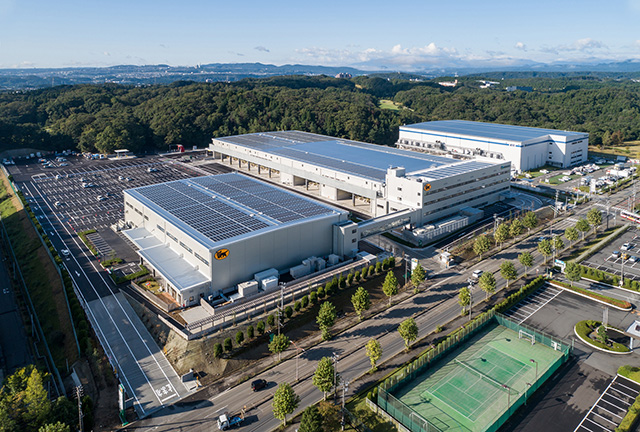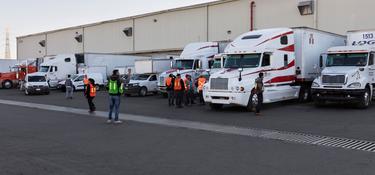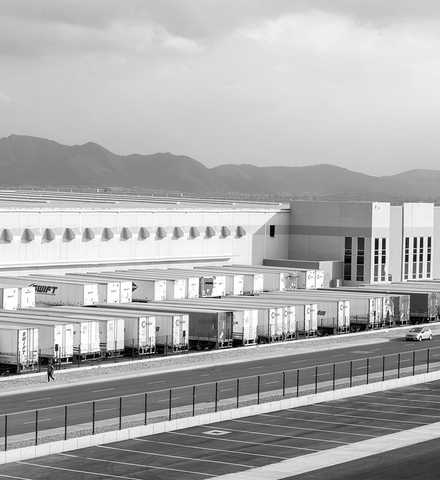How Do You Improve Supply Chain Visibility?
Supply chain visibility might seem complex and difficult to adopt, but it can be broken down into three stages: the order stage, in-transit stage, and invoice and audit stage.
- Order stage: The order stage involves the quantity of product requested.
- In-transit stage: The in-transit stage represents the physical movement of the items.
- Invoice and audit stage: This final stage completes the transaction between buyers, sellers and contracted Logistics Service Providers (LSPs).
During each of these stages, information collected can be handled either manually or automatically. A third option, an integrated approach, communicates information through independent, but connected, systems.
Manual input is when errors are most likely to occur and simultaneously when visibility is weakest. An integrated approach, on the other hand, tends to be the most accurate and transparent of the three options.
By using an integrated approach to supply chain information handling, the improved visibility will help your stakeholders make informed decisions rapidly. Further, you’ll save time and effort over manually created reports. As a result, your customers will receive orders more quickly. You will also experience fewer errors and profit losses, which will result in lower operational costs.







